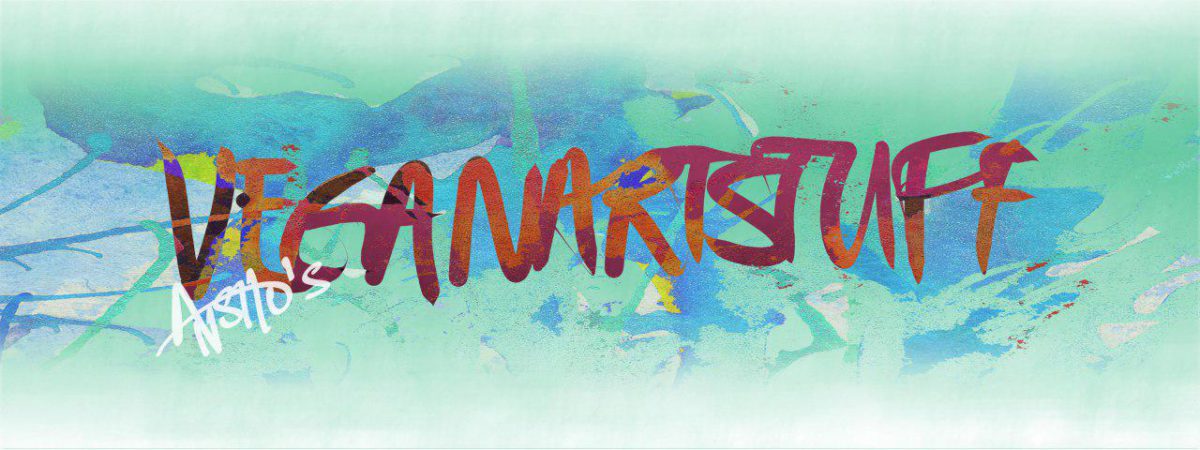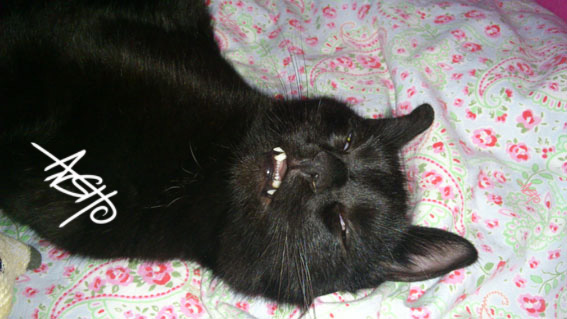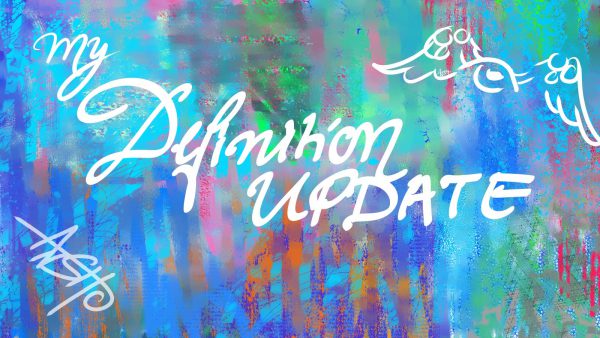This post is about the whole animal testing shebang concerning companies. I just finished writing a rather lengthy reply to a reader about the nuances used in describing the testing methods in Material Safety Data sheets (MSDS), and I came to the conclusion it was now a perfect timing to mention this here as well.
In the past I had to dance around with companies, sometimes correspondence turned from days into weeks, into months and finally into way over a year, to reach the end and get the information, that they don’t know whether the raw material supplier tested on animals or not. So, even though a company can state that it is cruelty-free, they don’t test themselves (which probably all can state, because it is more a commissioning kind of thing), and they do not commission third parties, the raw material supplier might have been left out of the equation. In my enquiries, I do refer to my information sheet that all companies get sent for the topics concerning cruelty-free and free of animal derivatives.
Cruelty-free, you can split three ways:
-
-
- the company does not test on animals
- the company does not commission other parties to test on animals, nor does it use such gained information for the materials used
- the raw – material supplier does not test on animals nor commissions it (for the materials used by the certain company; a raw material supplier not testing on animals at all/ commissioning it, would probably be a jaw dropping incident)
-
the use of animal derivatives (ingredients) is a two parter :
-
-
- the product does not contain animal derivatives
- no animal derivatives are used in the manufacturing process/ production
-
Although a product can be free of animal derivatives, this does not conclude the path to its existence being free of it. Pigments for example, can be dispersed with animal fats or oils in the manufacturing process.
I would also like to mention, that if companies use the term the “finished” product or “end-” product was not tested on animals / is cruelty-free, alarm bells should be ringing loud and clear. Also the term the ” products are cruelty-free” does not ever read as the company is free of animal testing. These are two different statements . It may very well be that a company can state in such way and is cruelty-free (see above) and doesn’t know about the intonation their wording has; how it is read by the consumer; or maybe the company doesn’t care about it. It is always up to the consumer and the way the consumer reads and interprets the information.
This concludes a very long preface, to finally come to the topic of Material Safety Data sheets, hereon after mentioned as MSDS.
Not all companies offer their MSDS online for public access, but they are very helpful to the consumer, to find out whether, 1, a product contains animal derivatives e.g. Bone Black PBk9, 2, how its raw- material were tested.
Under the subject toxicology it gets quite interesting.
- e.g. “similar” chemicals / material have/ has been tested on e.g. rats, rabbits … this does not conclude to the actual used chemical/ material being tested on animals
- the chemical/ material shows … in tests… – naming animals such as, rats (often used to swallow material), rabbits (often material used on skin and in eyes), guinea pigs ; and mentioning effects upon breathing material in;
- it states under toxicity “ocular” and “cutaneous” irritation, which also means animal testing, because who would offer themselves up to get chemicals poured into eyes, on skin or open wounds? – no one
- mentioning of a certain US university as having been commissioned to do the material testing, is also a very inconclusive information, as the university does test on animals, so no certainty here;
In case you stumble over the ol’ “Ames Test” under toxicology in the MSDS: the Ames test does not use living animals, but is a bacterial test; as gathering from “not living” also outlines, it uses animal matter, rat liver extract.
The importance of the date on the MSDS: here you can get a rough, but not completely certain idea about when the information was gathered / the testing done. Chemicals / raw material were tested on animals in the past, yes, several decades ago, when it was necessary by law; when a MSDS sheet states the date of e.g. 2018 and mentions animal tests , this does not mean it was accessed old information (decades ago) it can be very fresh – three year old information, meaning the mentioned animals being tested on three years ago;
This leads to how important it also is to get the information from the companies directly, and why I write to them, because MSDS don’t give you all the information needed. So if the MSDS reads inconclusive concerning animal testing/ cruelty, if a company states no animal testing concerning the raw material suppliers gives you a better, hopefully clearer overview.
I mentioned before that I – until recently- reached out several times to companies to get more information concerning this precarious topic. I decided to no longer pursue a company, if they chose to purposely omit the cruelty-free topic, though enquired about and information sheet submitted that explains all the topics as well as gives examples of animal derivatives. What you find from this February (2021) on under the listing of a company here, is for example “cruelty-free status: undisclosed”, which means, a company did not give me the information. I give you a summary of what a company relied to me and a list of products free of animal derivatives, or vegetarian-friendly, if they offer such products. I will also mention, whether the information adhers to the product or manufacturing cycle as well, if I receive as much information.
It overall relies on you, the reader and consumer, to make your decision. Everyone chooses for themselves. Is it enough, that an end-product doesn’t contain animal derivatives or vegetarian-friendly ones, does the cruelty-free part play a role in your decision? There are a many people with different opinions and views on why and what they choose. Not all vegans e.g. are vegans because of the treatment of animals but for health reasons or ethical reasons concerning humanity (for the resources and money spent on raising “food” animals, more humans could be helped and saved from starvation). There are vegans, for whom the definition concerns alimentation only. There are omnivores, who’d rather not have animal suffering attached to products they use. Again, everyone makes their own decisions.
What I gathered from my correspondence with companies over the last four years is, that raw material suppliers are very potent institutions, or big bad wolves, if you like. Companies that use MSDS provided by their raw material suppliers are afraid or rather not ask about animal testing in order not to make the raw material suppliers cross and suffer repercussions, such as being dropped as customer – I guess. This also does not only concern small companies but also big ones. Apparently they hold such power over companies, in a way their consumers, that those buckle underneath. The (rhetorical) question is, whether raw material suppliers should hold such power. To be clear, there are enough alternatives and already so much data collected from decades past, that there is no need for further animal testing.
I would also like to point out that it receiving information concerning the raw material supplier from a company brings certainty , in contrary to companies talking around the topic or leaving it out altogether. So even if you find the information of a company listed upsetting – it means the company didn’t hide it; a company going out of its way to not talk about the topic, not mentioning it at all or philibustering their head off, those purposely draw a curtain over your eyes. Only talking about positive things, their products and not questioned topic, does not render them in a better light than the companies, that spoke the truth. As a consumer, you should be wary about getting the wool pulled over your eyes.
Additional note, not concerning “animal” – but human cruelty: the topic Mica; if companies use mica and do not disclose, whether it is natural or synthetical and where its origins are, its origins can be very questionable and ethically tainted with child labour. If a company for example takes great lengths, describing e.g. all the locations of quarries and countries, where the pigments are sourced from, doing this for all the pigments they use, but purposely leave out the origin of mica used (even not mentioned on MSDS sheets), the origin might be ethically very questionable. Another method of non-disclosure is to say a product is “made in .. ” giving it a tone of pride but also veils the mica heritage in opaque veils, especially if said products main ingredients is mica.
Please inform yourself about the mining of mica . It is not only found in art supplies but also e.g. in cosmetics and make-up . You might want to have a look at Refinery 29’s video on youtube.
Here is once more my information sheet – about the topics of animal testing and animal derivatives – at your disposal:
the English version and the German version
source: mail contact / company correspondence, company websites,


 Here is an update of my definition for cruelty-free companies and vegan-friendly art supplies:
Here is an update of my definition for cruelty-free companies and vegan-friendly art supplies: